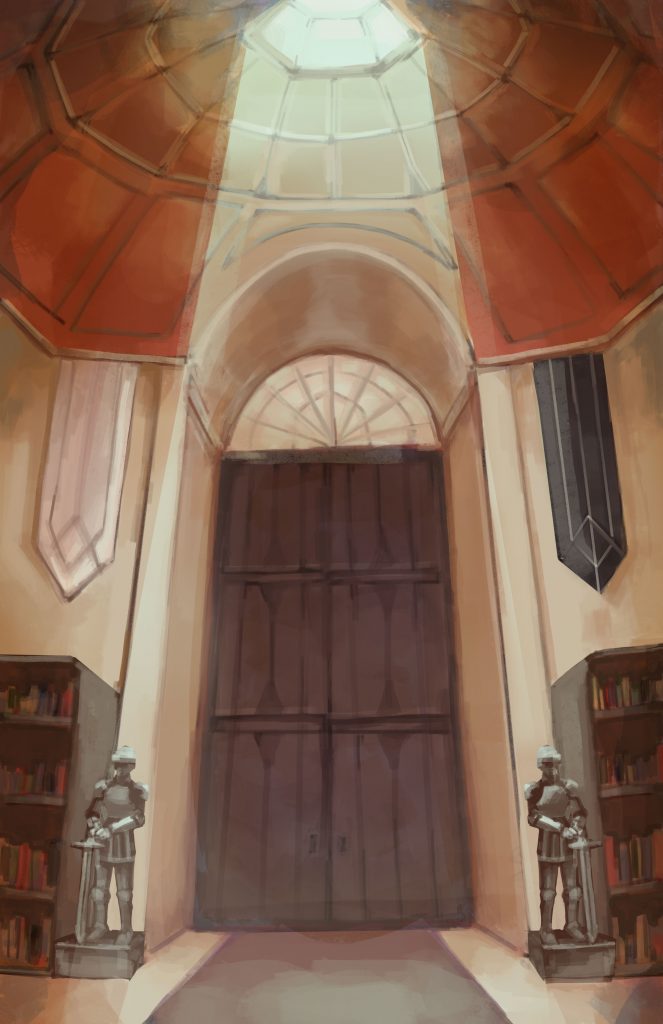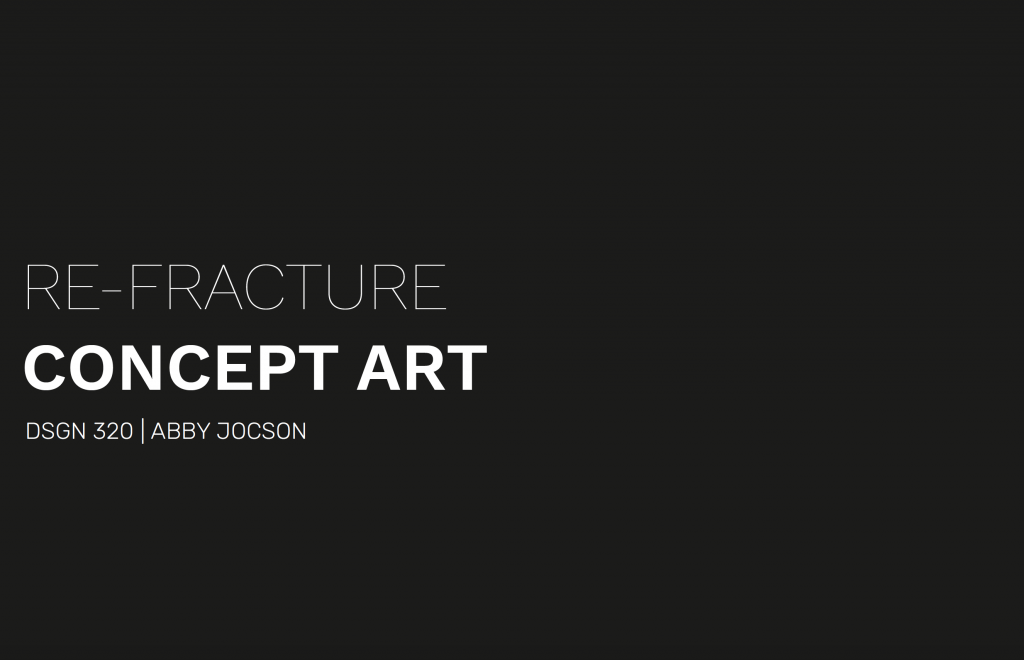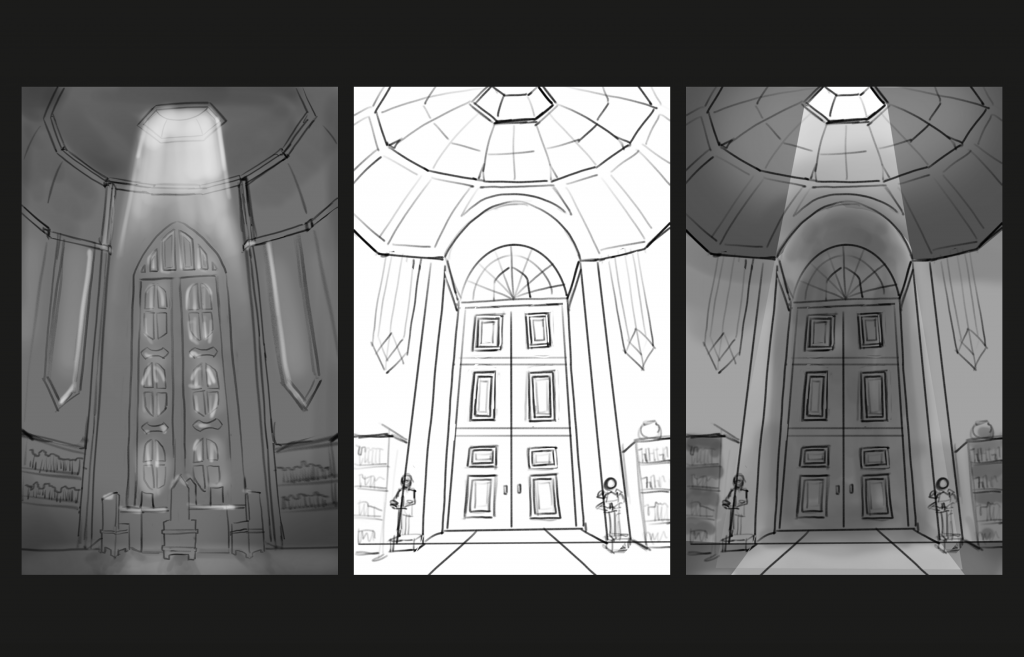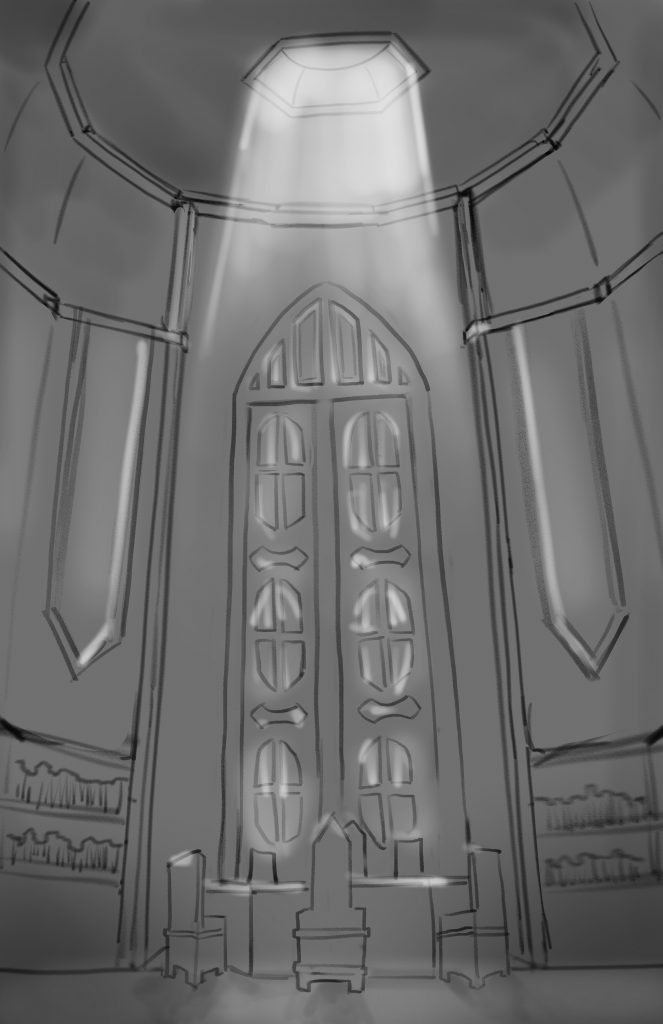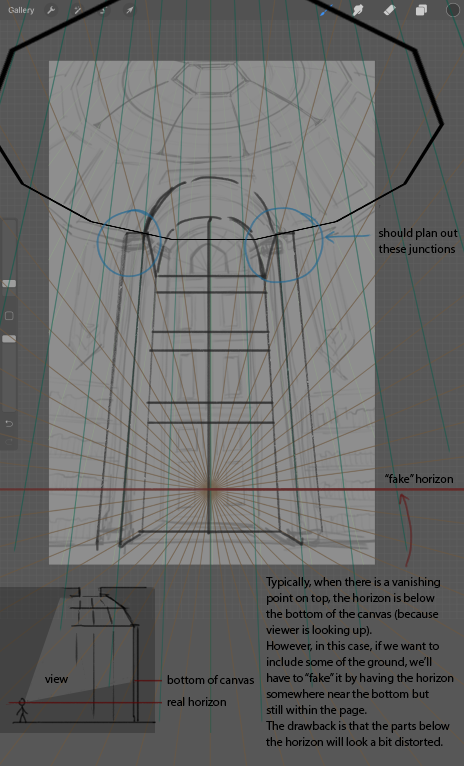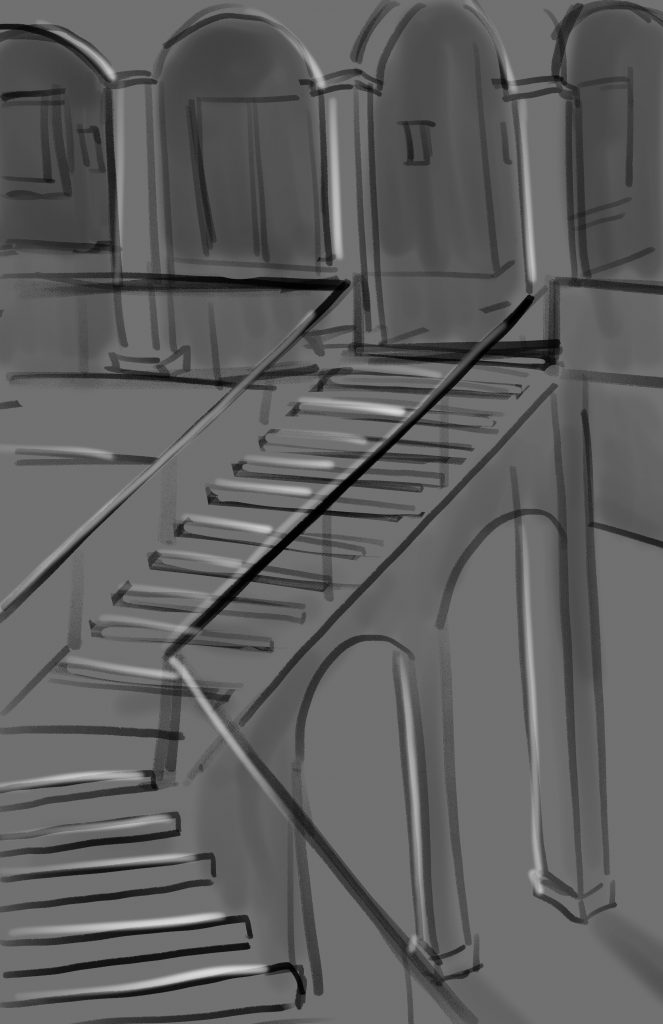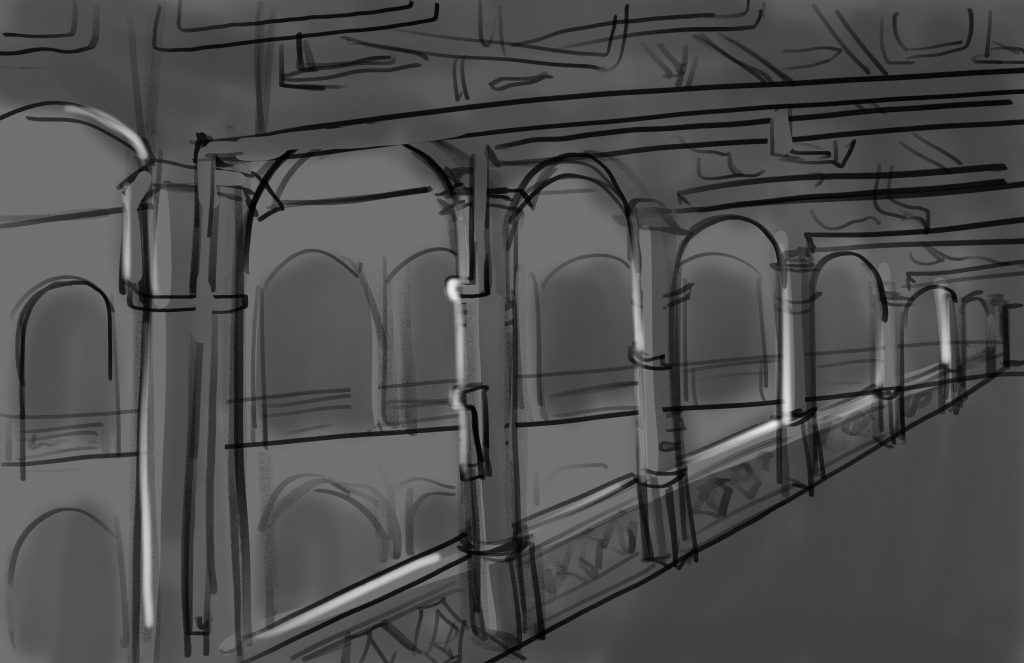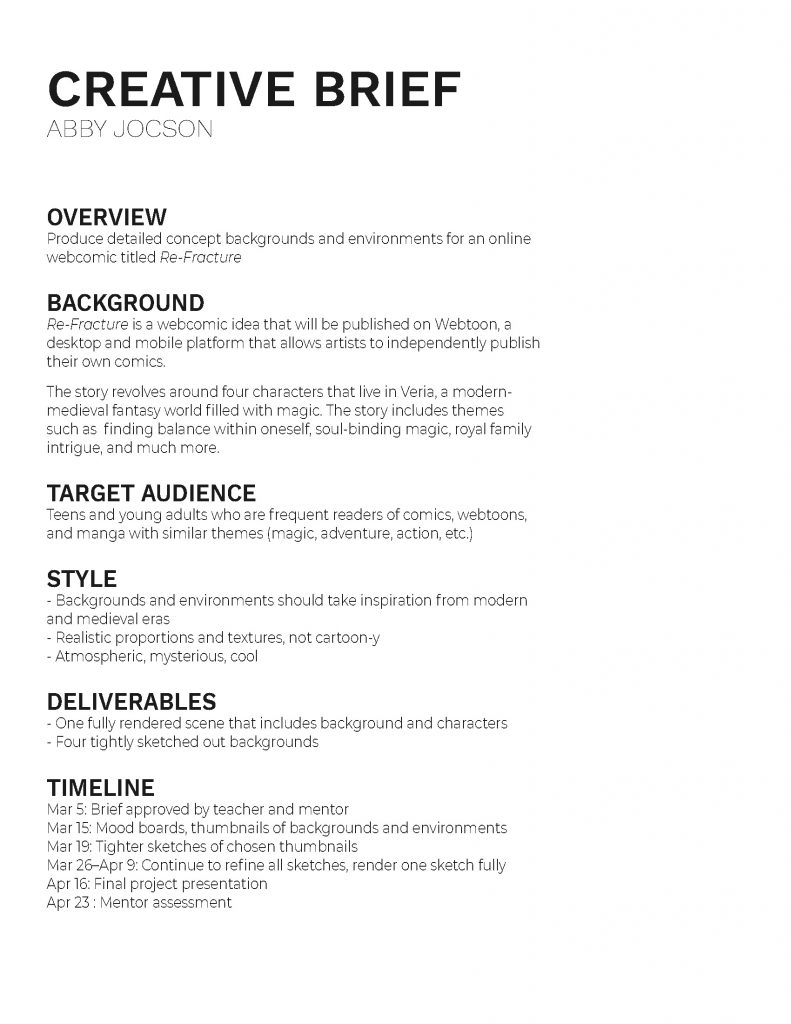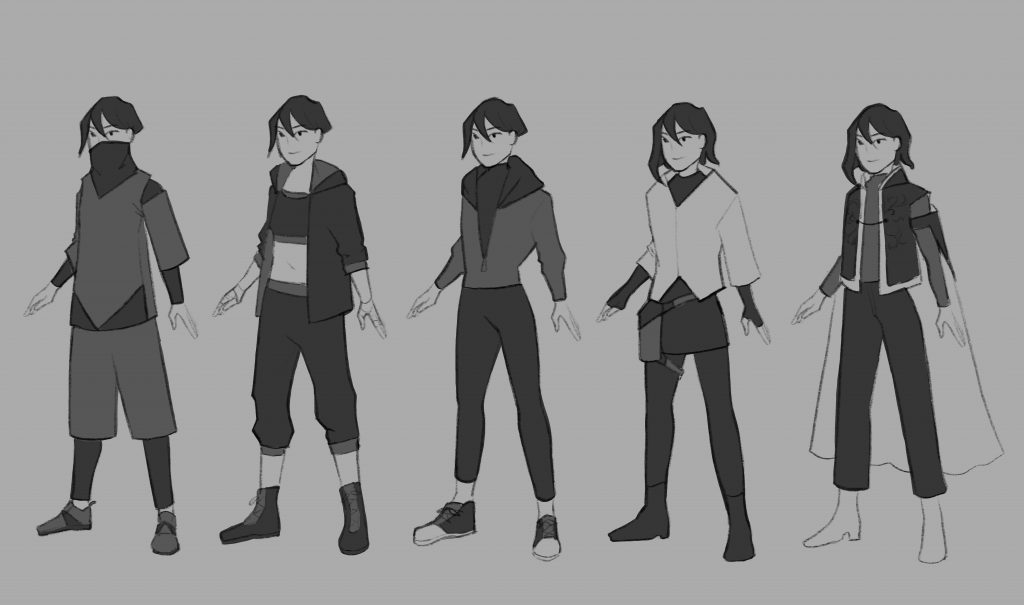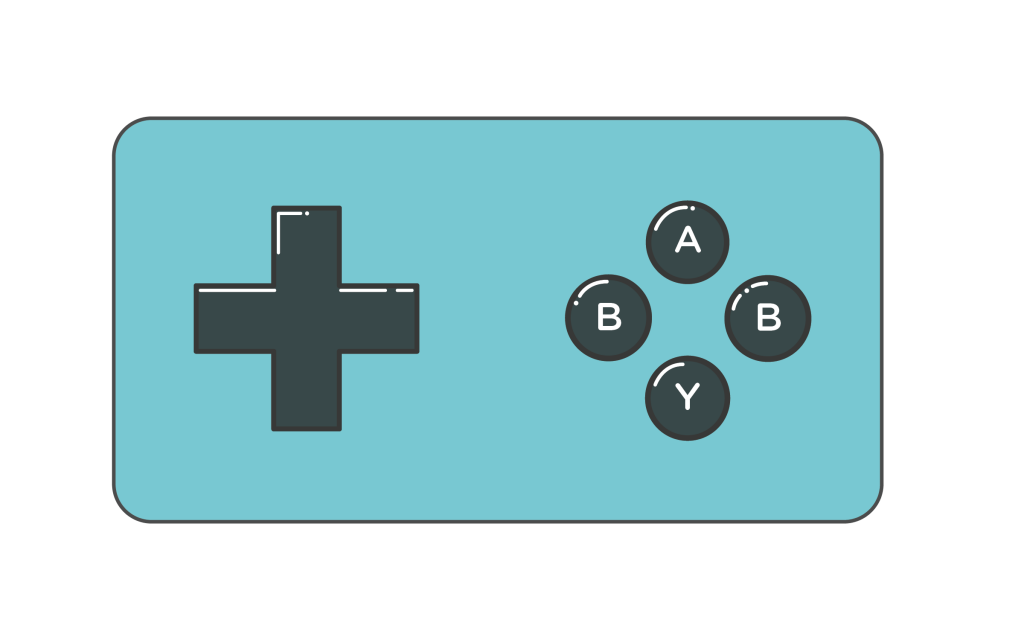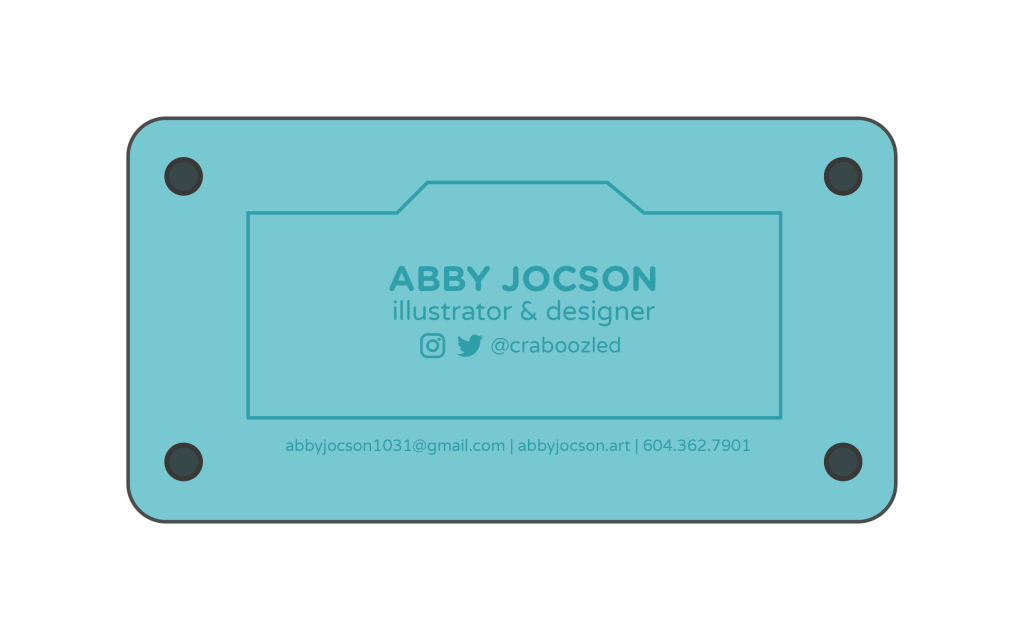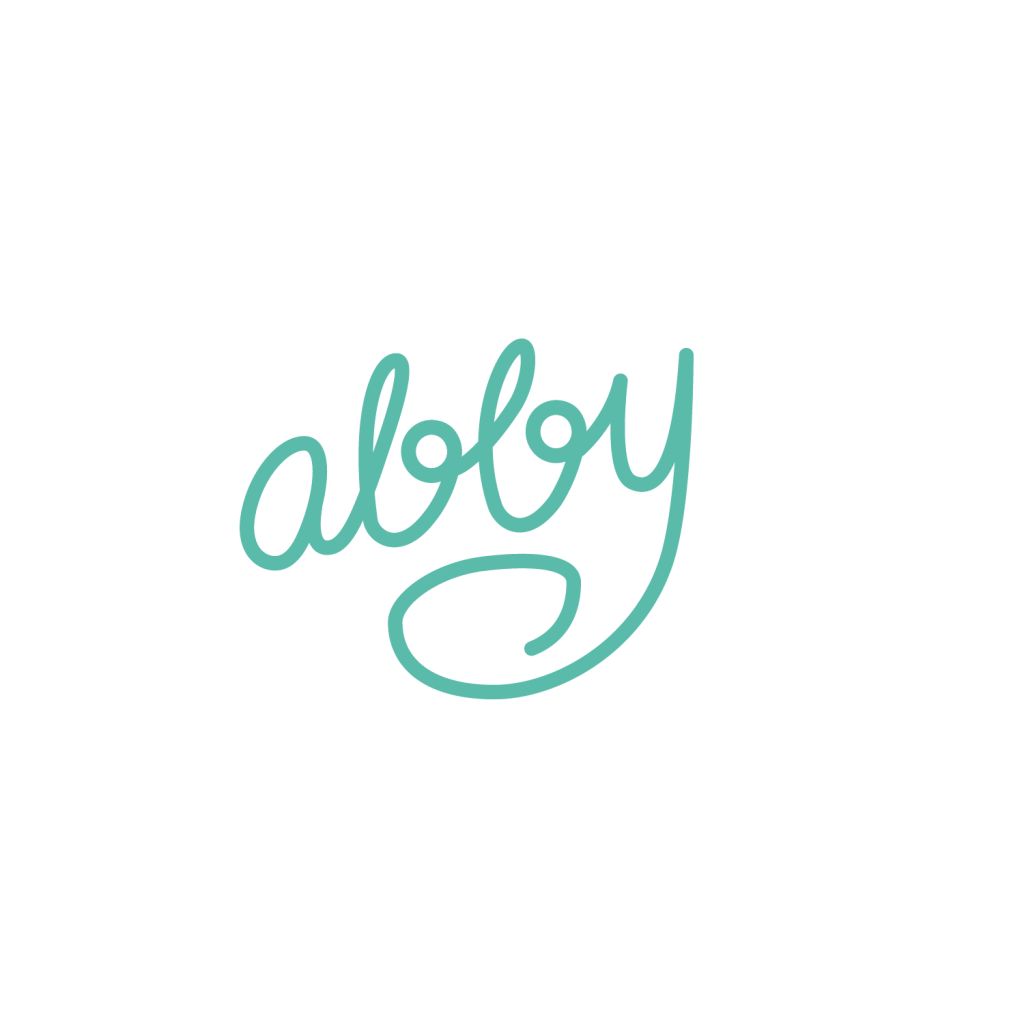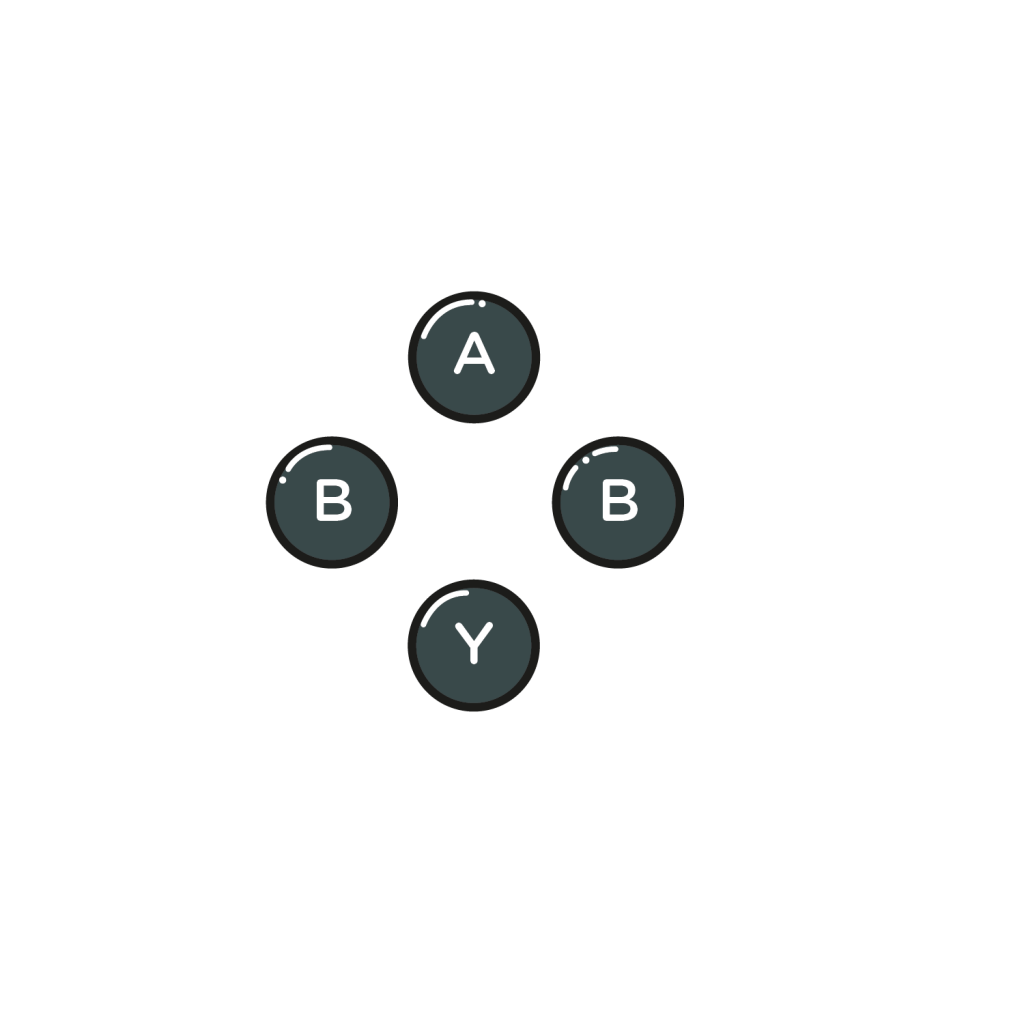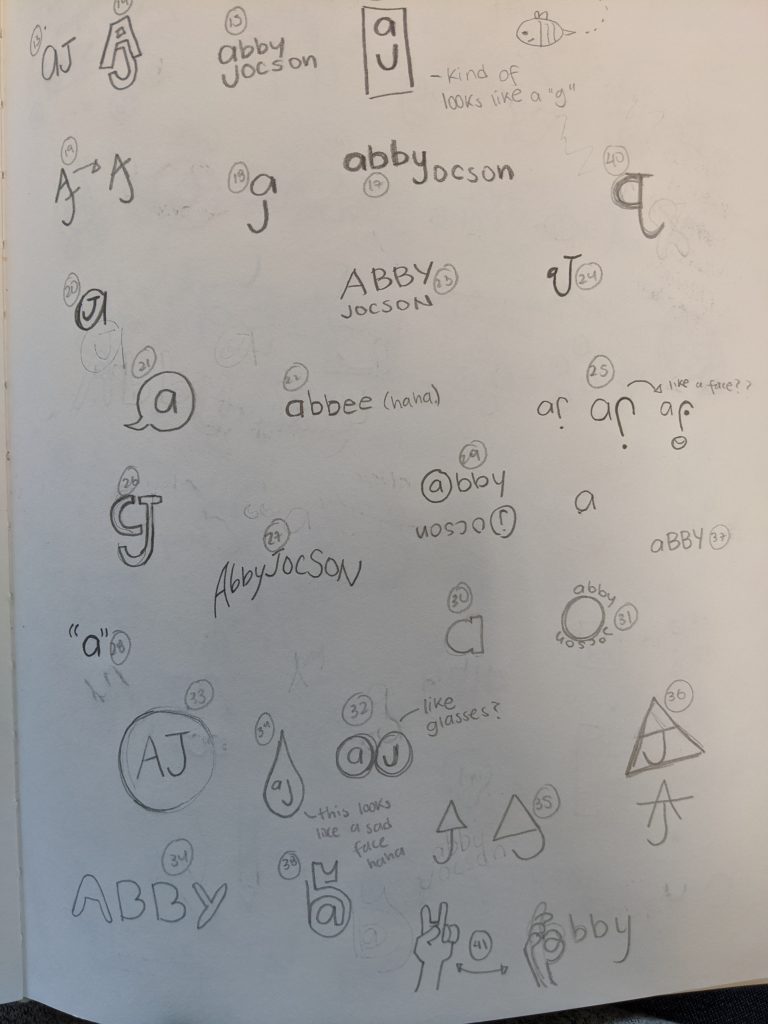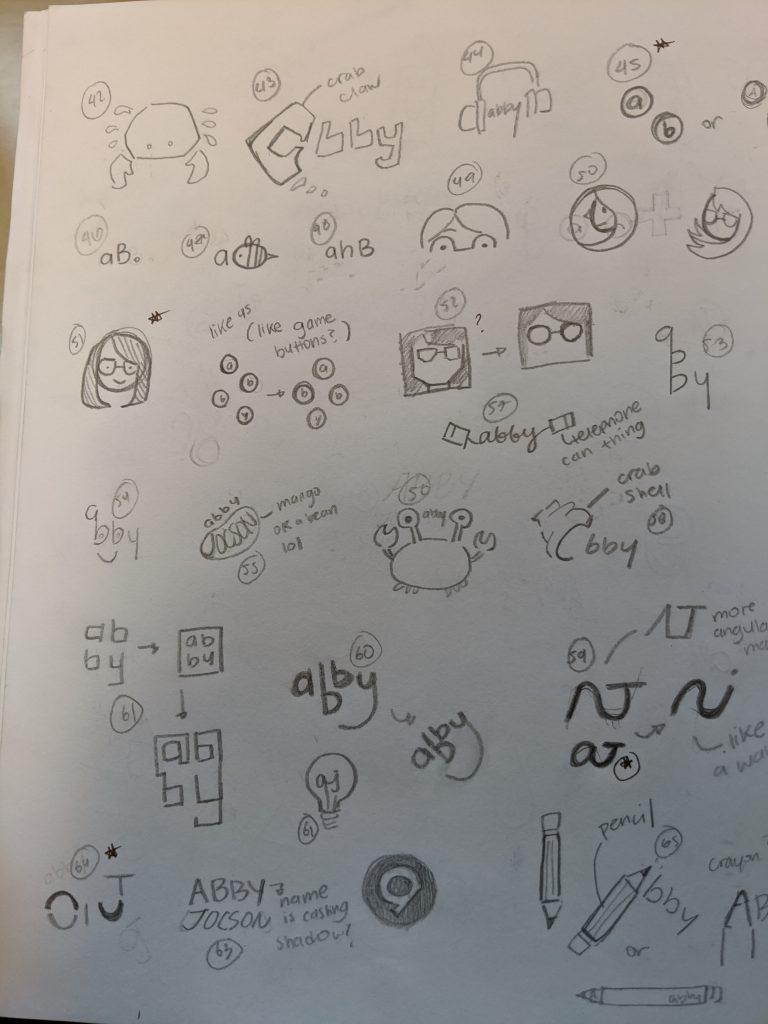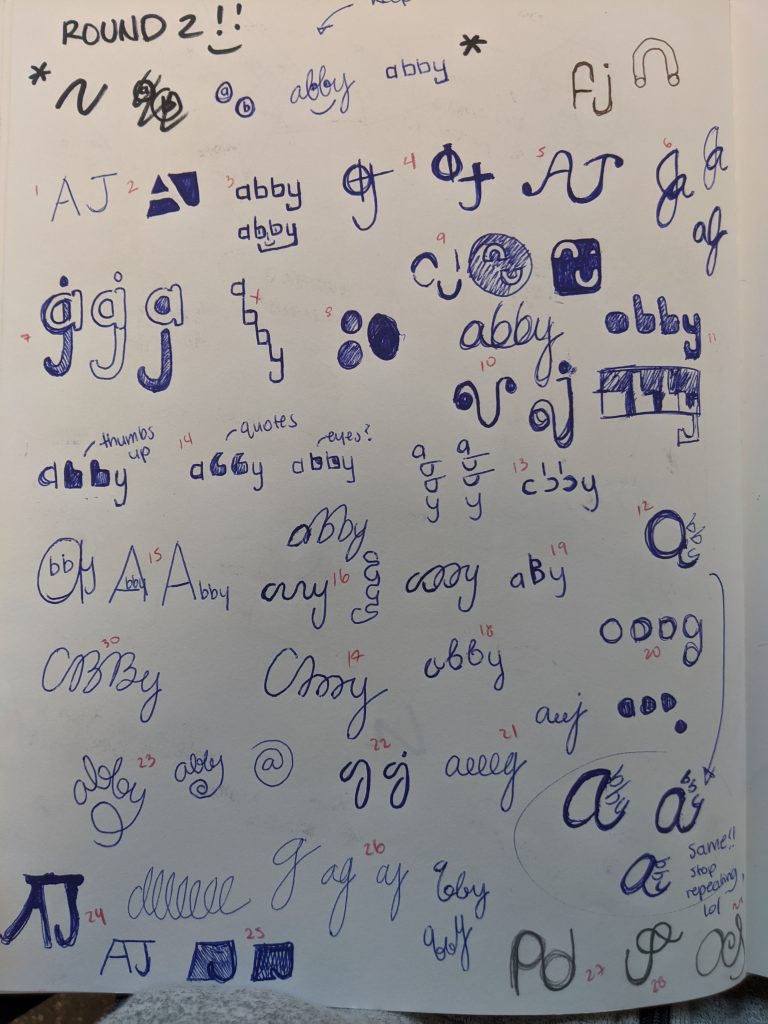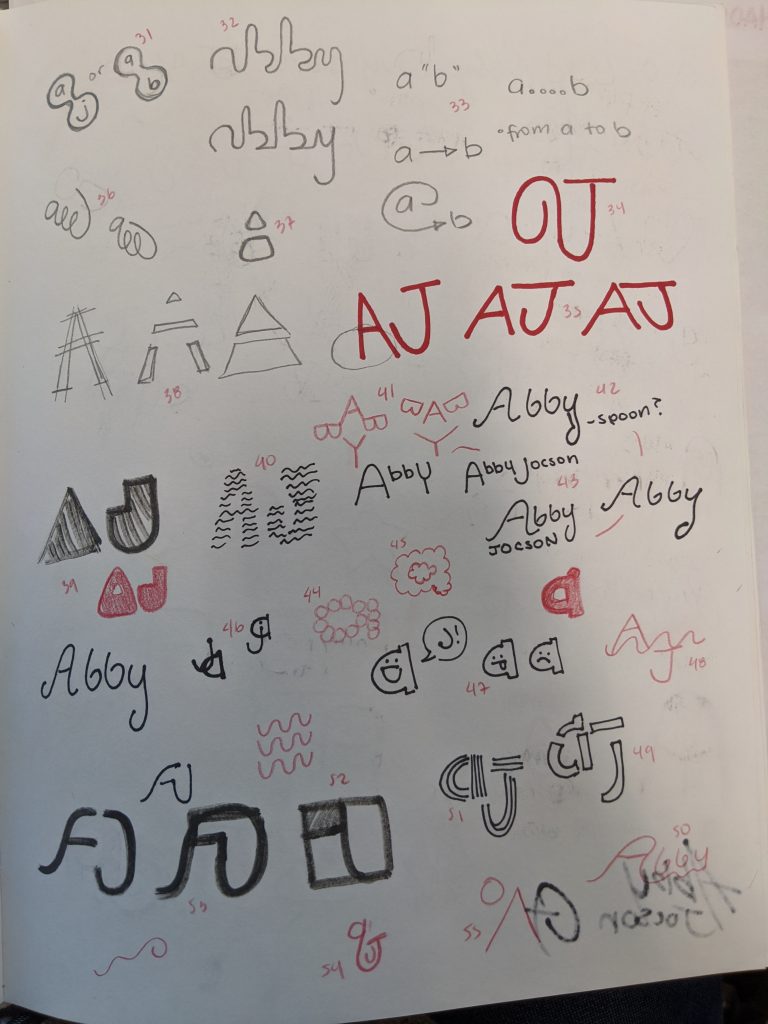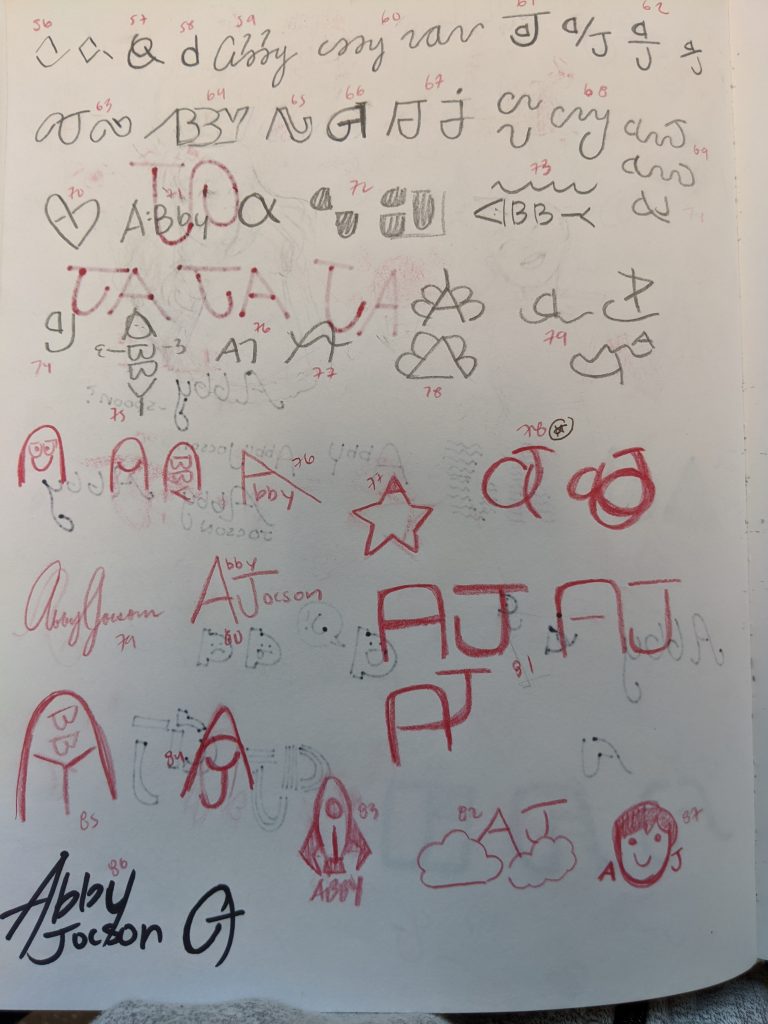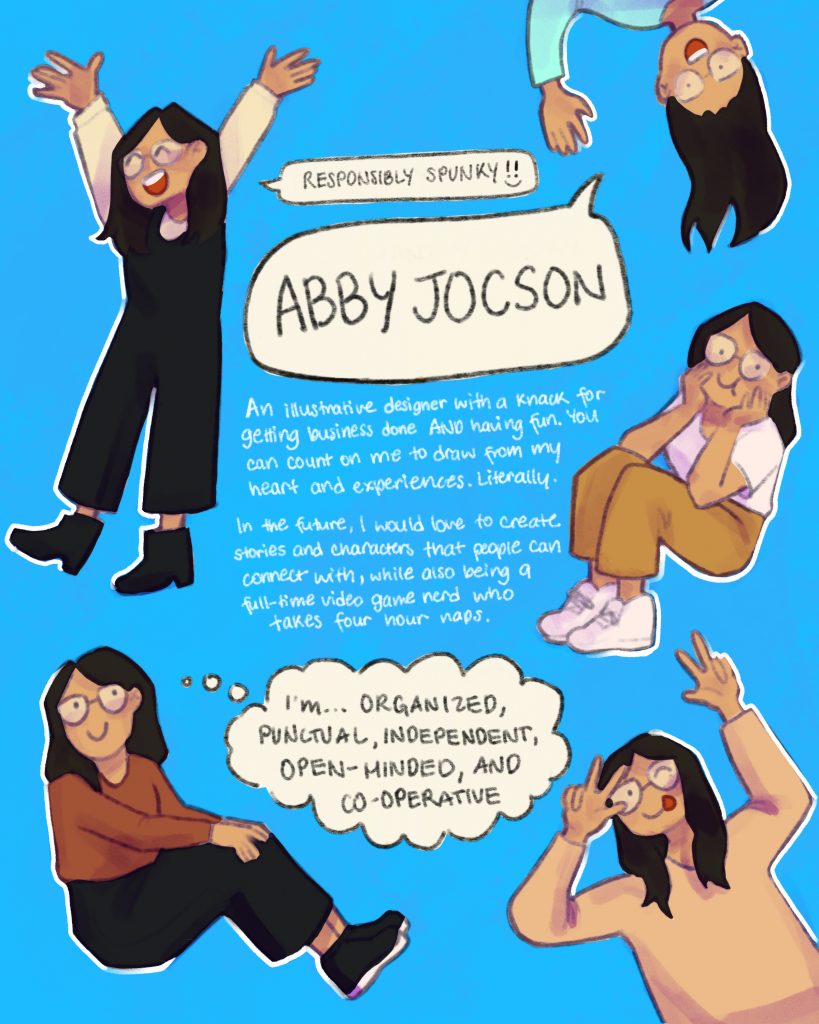Finally, we have made it to the final phase! Hard to believe that months of working on this project are finally over. I could not possibly have imagined what would happen for the rest of the semester when we were just assigned this project, but now here we are, quarantined in our homes, and doing classes over zoom. As weird as the experience has been, I think the project has been fruitful in so many ways.
For starters, I’m incredibly grateful that I was able to have past IDEA grad, Susan Li, as my mentor. She gave superbly detailed and insightful feedback, and I wouldn’t have learned and improved as much were it not for her guidance! I’m also very thankful that she was flexible with her meetings and we were able to communicate despite the current situation.
Having a mentor has been really great, I now wish we had more projects where we can interact with people working in the industry and get their feedback! I think it was a lot nicer in my case as well to see an IDEA grad doing well in their field, and then using their free time outside of work to help students currently in the program. I would definitely love to mentor someone in the future because it seems to be a pretty rewarding experience for both parties involved.
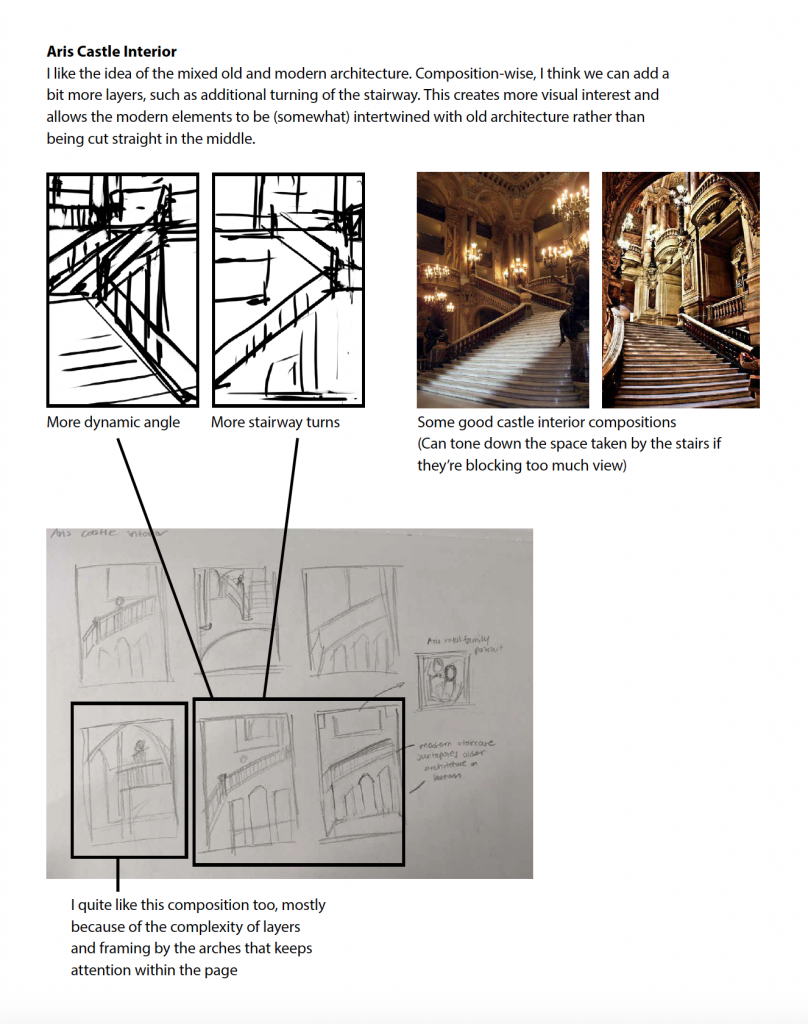
Despite the countless hiccups I encountered during this project, I am pretty proud of myself. I finally know how to set up perspective grids within Photoshop and I have also learned a bunch of cool new tricks to speed up my workflow. It is pretty rewarding to finally understand how perspective works in illustrations, I feel like I have this new superpower! I’m pretty excited to apply perspective drawing in more of my work and possibly revamp older pieces where I can easily include backgrounds.

As for the results of the project, I honestly wish I worked a bit harder! I mean I did, but I also know for a fact that I could have made better use of my time so that my final illustrations would look portfolio worthy. Although I’m kind of dissatisfied with my performance, I’m still proud of myself for sticking with it despite the frustrations and missteps I had along the way. Now I’m not as intimidated with drawing backgrounds, and I definitely feel that I have improved as an illustrator. For that, I’m giving myself a 7.5/10 for my overall performance with this project.
Although COVID-19 put a bit of a damper on this project and classes as a whole, I felt like I got a bit of a taste of what it would be like to work remotely or freelance. I do not think it is bad at all, but I would for sure need to establish better habits if I want to be more productive!
